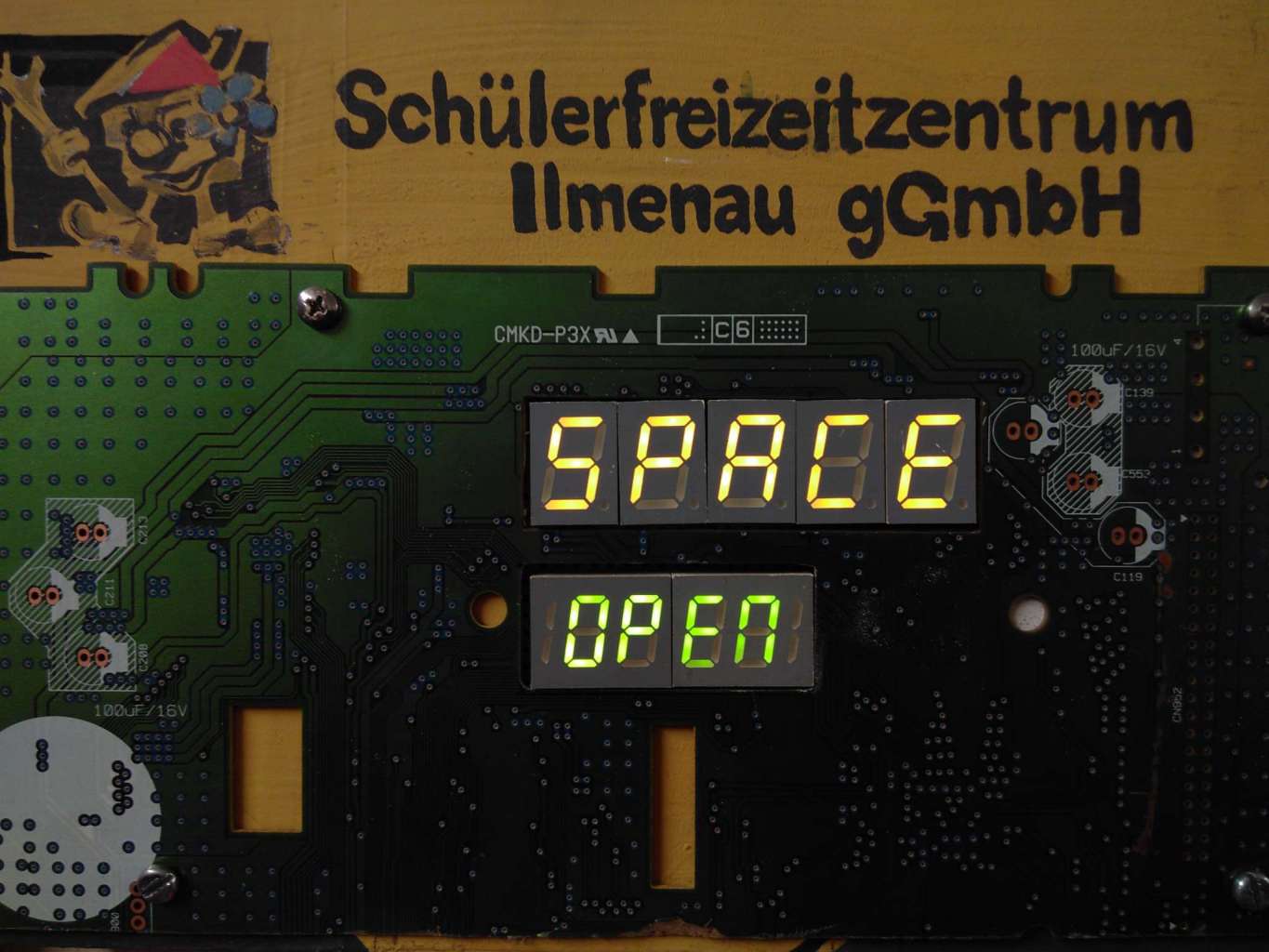


Every now and then we repair some kind of equipment like a coffee machine, a record player or a bread slicer. That is not successful every time but we always learn something by trail and error 😅. A special joy of fixing was an old radio model called "Ilmenau 210" we found in the cellar. This radio was from 1960 had a tube circuit in a bakelite case. After a deep cleaning (inside and outside) of the radio and the exchange of some components, we received, thanks to short and medium wave, again radio stations from from all over the world. It is somehow fascinating to listen to a Chinese pop song on a 60 years old radio 😁. After that followed the reconstruction of the antenna.

Bicycle inner tubes are super tough and can be fixed many times by multiple patching. If one day they need to be replaced, they can be further processed. We can sew them, for example, to create purses and pencil cases. Therefore we use a normal sewing machine and some baby powder (contains talcum), so that the bicycle tube does not get stuck under the presser foot. The stitch length should not be too small, otherwise the many small stitches will tear the gum appart. We made a purse and it turned out pretty good and it has served us well for half a year.

Computer programs can be art and also make art (buzzwords: "generative art" or "plotter art"). Because we find the topic exciting, we also program a little bit. There are already many similar projects, but the joy of discovering and tinkering by ourselves is the main focus for us. We wrote a small program that creates motion paths from a pixel graphic (here the river god from the movie "Spirited Away"). We can then use these to have a CNC machine (e.g. pen plotters or 3D printers) draw a custom piece of art for us. Once the program code is reasonably documented, we'll upload it to our GitLab page.


The MiniSynth is a small DIY keyboard for kids and teens. We want to offer a supervised "sizzling together" of the mini circuit for small groups at SFZ. Our first versions already produce awfully nice squeaks. But the whole implementation still has a few quirks and a lot of potential for extensions. We think for example of other input possibilities or the linking of several modules. Of course we want to keep it simple and cheap. The current state of the project can be found on our GitLab.


There is a nice new door sign for the Space! It serves as a display for a Raspberry Pi, which detects via a magnet on the door latch and a reed switch behind the strike plate whether it is locked or not. In the future we want to use this setup also to show on our homepage if the Space is currently open or closed.